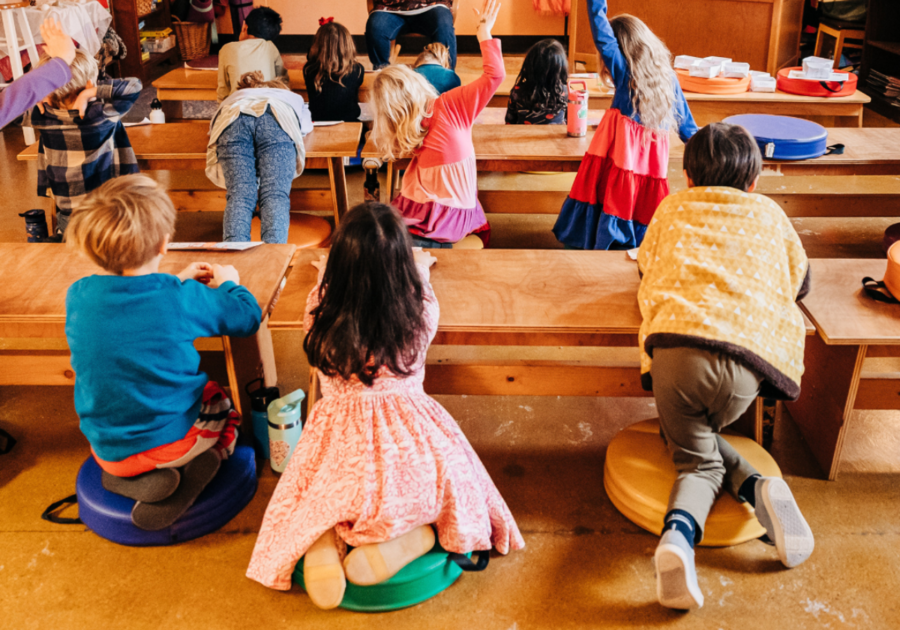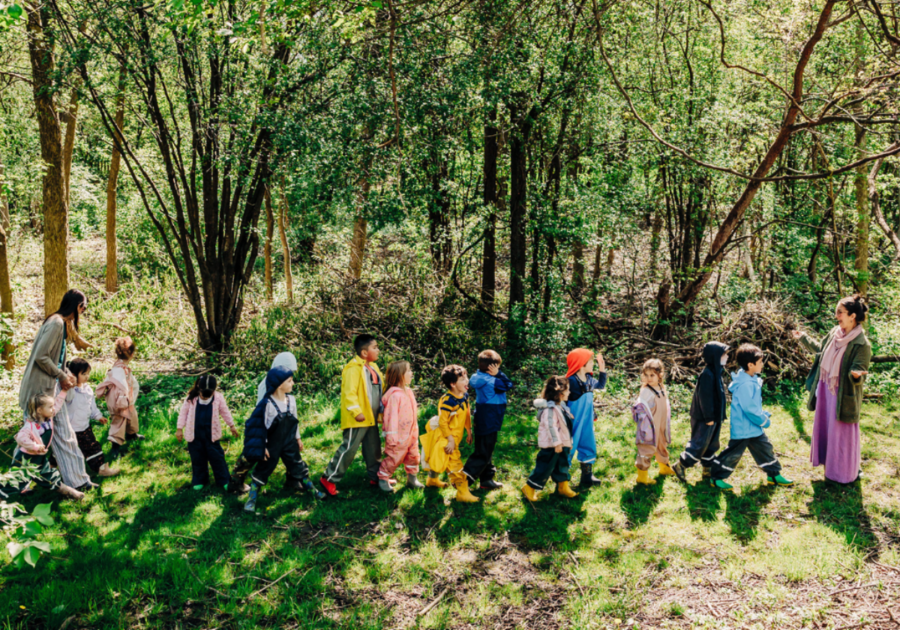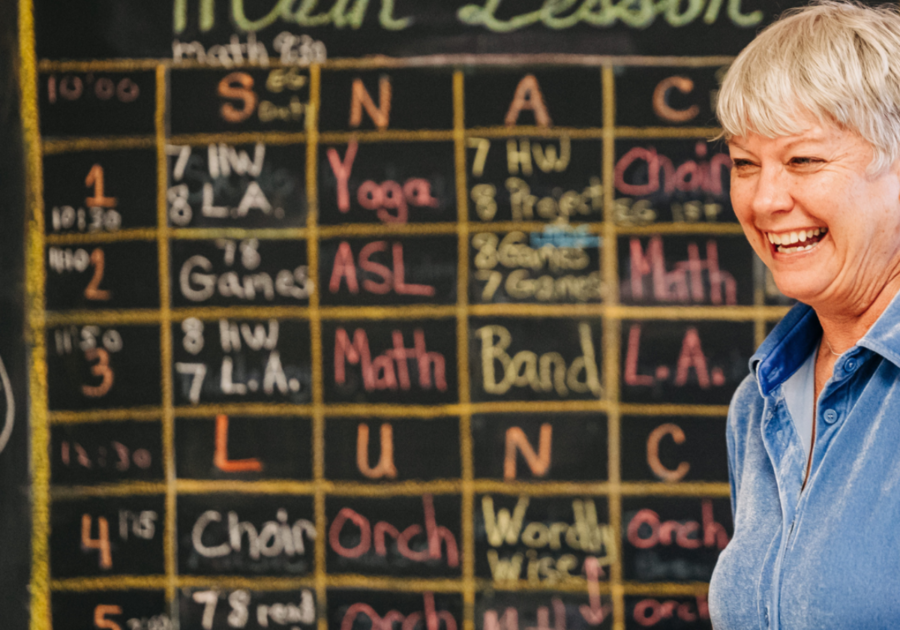When it comes to Waldorf and Montessori styles of early education, there is the shared value in both philosophies that the young child is viewed with immense respect and reverence. This is a shared value that is lived out differently in both approaches. Regardless of how it is embodied, this truth is a non-negotiable foundation for both schools of thought. While both offer educational opportunities beyond pre-school and kindergarten years, the descriptions below focus mainly on an early childhood experience for both ideologies for the purpose of this writing.
Toys, Play, and Fantasy: Montessori and Waldorf share the perspective that play is the work of the young child. The area of more considerable difference is fantasy. In the Montessori perspective, there is heavy consideration of the fact that young children have difficulty distinguishing between reality and fantasy and therefore believe that fantasy should be postponed until the child is firmly grounded in reality. In contrast, Waldorf uses fantasy as an integral part of play and uses it as a tool for children to re-enact experiences for life. The less finished and more suggestive a story or toy is, the better. It’s believed that this enlivens the imaginative life of a young child. As a result, you will see a difference in toys as part of the prepared environment- something both philosophies highly value.
- Montessori tasks and toys are reality oriented and support the association of size and numbers. Each material has a step-by-step procedure for use and is focused towards a specific learning concept. You may find activity-based trays focused on transferring or matching leaf types with the tree of origin. The child is conceptualized as an absorbent mind and should be fed with ever more challenging intellectual tasks from an early age with the perception that learning is a hunger that should be constantly fed.
- Waldorf toys are extremely open. For example, you may see cut rounds of wood, playsilks, cloth dolls with minimal or no expression. The goal is to make incredible space for open-ended imaginative play. No early thrust into intellectualism is found here. Children begin structured intellectual work in the first grade, when they are considered to be more developmentally prepared to receive and engage with that level of work.
 |
Social development, Structure, and Order: In Waldorf education, there is an emphasis on learning to be a social being. There is encouragement for children to think about their part of a larger whole and move through the day as a community rather than solely as an individual. This is not to take away from a child’s perception of self, rather to learn to meet their own needs in a communal setting. Montessori is more focused on the young child doing individual learning tasks and socialization is emphasized in the form of waiting your turn and allowing other children to work (play) without interruption.
- Montessori curriculum will make materials available and closely support each child as they explore their individual activity of choice. The children move around the classroom at will. The day is not divided into work rest. Rather, the child’s choice and autonomy is protected.
- Waldorf curriculum will move the children through shared activities such as group cooking, imaginative play, group story time, etc. The children are gently invited by the teacher to join various, structured activities. The children get periods of time for free play, story, eating, nap, etc. The children are thought to thrive when a predictable rhythm is in place.
Explore Montessori, Waldorf, and other early childhood education options at the Wheaton Preschool Resource Fair this Saturday, at Wheaton Public Library. Meet some of the teachers from The Waldorf School of DuPage and learn more about their school, enrollment details, and upcoming family events open to the public!
About the author:






